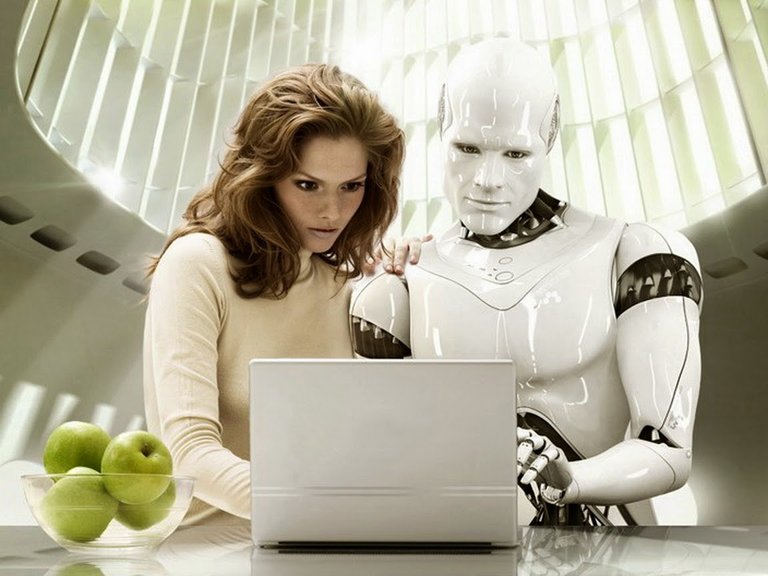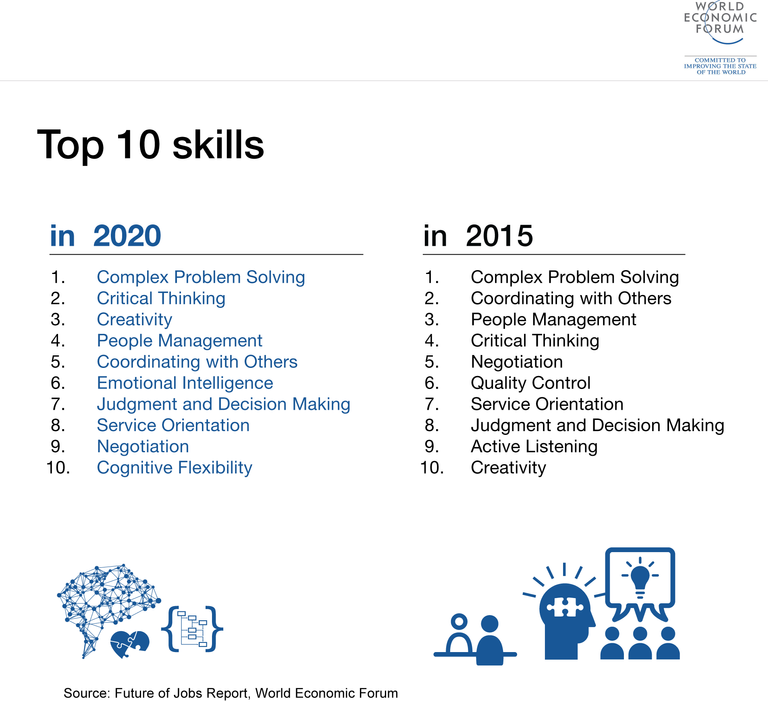
Business processes and simple tasks are increasingly getting automated, a world without this is unavoidable. You have probably heard or read that robots will take our jobs, there are several studies on this which all claim a different perspective on what the future of work will look like. Take for an example a recent study from McKinsey Global Institute, which has shown that nearly half of the existing jobs could be automated within 40 years!
Where does this all come from? A few years ago there’s been a huge breakthrough in Artificial Intelligence, A.I. In short, this is the autonomous thinking of computers. A few years back, scientists and futurists were still convinced that it would take decades before we would be where we are now…
Up until the year 2015 many AI-researchers were assuming that it would be one of the biggest challenges for a computer to recognise the content of an image. Scientists knew for sure they would need a new research method to eventually be able to do this. But guess what happened then? Google came up with a great invention: a deep-learning network (an artificial neural network) which was capable to analyse images and describe the content in it; the algorithm itself retrieved the meaning of the images. The fact that Google’s deep-learning network was capable to associate objects with language by itself was a big step forward.
There are a lot of tasks that can be replaced by systems and machines already, in some cases this can be gathering data, analysing or determining solutions. AI and deep learning are developing fast, and the earlier we acknowledge this the sooner we can start preparing to focus on maintaining and developing skills that AI won’t own soon.
What tasks are currently being fulfilled by robots and AI? Below you’ll read some of the many examples:
A Personal Assistant only for the CEO? Well, not anymore..
There are several smart solutions available such as Amy, an AI assistant. Amy will schedule your meetings; the only thing you’ll need to do is send an email to the person you want to meet up with. Please remind to include Amy in the CC. From that moment Amy will take care of it so that you will save lots of time! Curious? Have a look: https://x.ai/
This system creates articles by analysing a data files
Currently the writing of simple news articles about for an example sports results is already being done by systems. The ‘Associated Press’ (a global news network) automates the writing of sports news. The technology, developed by Automated Insights, retrieves and analyses the data after which it creates a readable piece out of it. Below some examples:
Despite the loss, six players for Brooklyn picked up at least a pair of hits. Brosher homered and singled twice, driving home four runs and scoring a couple. The Cyclones also recorded a season-high 14 base hits.
Reliever Bob Wheatley (1-0) picked up the win after he struck out two and walked one while allowing one hit over two scoreless innings. Alejandro Castro (1-1) allowed one run and got one out in the New York-Penn League game.
Do it Yourself Detection of Skin Cancer by AI
Researchers from Stanford University developed an AI algorithm to identify skin cancer. The algorithm can diagnose just as accurately as a professional physician! The researchers gathered 130,000 images that showed different kinds of skin disease and put the images all together in a database. Then the researchers taught the system to recognise potential cancer. The researchers aim to create an app in which the AI algorithm will be integrated so that people can detect skin cancer just by using their phone. But before this technology will be brought to your phone there still needs to be done some more testing.
This robot is able to adapt to any process
Baxter the robot can be taught multiple processes plus you can re-program it in a short amount of time. Baxter is often being used in factories, his eyes follow the tasks he is programmed to fulfil. The moving eyes apply as a safety feature; employees will be sure that Baxter focusses on the tasks he’s aimed to do. But the moving eyes have to do with emotional value as well; It ensures that people experience recognition and develop empathy towards the robot.
A recent study from Boston Consulting Group has shown that 72% of manufacturing managers are planning to apply automation technology like robots over the next 5 years. The costs of robots will decrease and because of that it becomes increasingly interesting for smaller factories to invest in robotics and automation.
How to distinguish yourself?
Some jobs will change or eventually disappear but a lot of new jobs will arise. To stay ahead in the workforce you’ll need a whole different skill set. Below you will find a list, created by World Economic Forum, which shows the 10 most valuable skills for an employee for the years 2015 and 2020.

As you can see, warmer values such as creativity and emotional intelligence will be of greater importance in the near future. And these are all skills that computers haven’t been taught yet! Computers may be good at following up on programmed tasks, but miss out on empathy, creativity, and critical thinking. Working with and for people requires better non-cognitive skills, and they will become more important than they were ever before in the coming years.
Shift your focus and start exploring!
An article on jobs that will be created by AI will follow soon.